Less than a year ago, it seemed as though nobody knew where to go for a good party in Brussels. But thanks to newcomer C12, which recently won a Red Bull Elektropedia Award, night owls have a new favourite place in the capital.
© Heleen Rodiers
| Mathieu Serra, Tom Brus and Kevin Huerta
Over the past few years, Brussels’s nightlife seems to have fallen into an impasse”: just before the summer, this was the opening line of a statement issued by 24hBrussels, a collective comprising, among others, Beursschouwburg, Brüxsel Jardin, Los Ninos, Kumiko, and Deep in House.
Good venues for parties have been scarce in Brussels for a long time, but with the closures of Recyclart, Épicerie Moderne, and others, as well as the imminent move of Magasin 4 and the disappearance of Allee du Kaai, the problem became even more pressing. This is a bizarre state of affairs for the capital of Belgium, which in the 1980s was a pioneer of electronic music and which is still celebrated for its dance scene.
"Organising a party in Brussels is a nebulous process that is unclear to everybody."
After that absolute nadir, the situation has improved somewhat, largely thanks to C12, “a safe place where the passion for art & music in all its forms unites all identities”, founded by the hitherto nomadic party collective Deep in House. “A year ago, non-commercial nightlife was basically dead,” Tom Brus nods. Along with Mathieu Serra and Ulysse Choner, he has been organizing the Deep in House parties for the past five years. “Recyclart has found a new home, and Magasin 4 has a new, temporary location while it waits for the Béco park along the canal in Molenbeek to be completed. There is Studio CityGate in Anderlecht. And of course there is still the Fuse, which has been a techno heaven since 1994, and smaller clubs like Zodiak. Our appeal did not go unheeded; people are finally paying attention.”
On 2 February, the trio moved into an empty space under the Central Station that is part of Horta Gallery, a location that is managed by Kevin Huerta and his father Anthony. The collaboration between Horta Gallery and Deep in House appears to have been fruitful. “We moved here a few years ago,” Huerta explains. The enormous gallery was designed by architect Victor Horta in the 1950s, but it closed in the 1980s, until it was renovated and reopened to the public as an entrance to the station in 2009. “It is an incredible location, under the Central Station, in the heart of Brussels, two hundred metres from the Grand Place. It has tons of potential. Over time, we want to organize Bruseum experience here, an interactive museum about the city of Brussels.” To use the space before the museum work begins, Huerta went in search of a creative partner. “Deep in House had organized a New Year’s party here, so I immediately thought of them. Soon we became friends.”
Flou partystique
Brussels’s nightlife has several “issues”. Unlike Amsterdam or Berlin, it has no clear contours. For somebody who doesn’t know Brussels very well, that’s a problem. “If Brussels wants to be a metropolis, which is moreover the capital of Europe, we have to offer quality after midnight,” Huerta says. “A day lasts 24 hours,” Brus nods. “The hours during the night are just as important as the ones during the day.”
But the night entails specific obstacles. “Mobility is the first issue. If you are stuck in some remote corner, nobody can get there. The geography of Brussels exacerbates this problem. The city is densely built up, there are few places where you don’t disturb people. In Berlin, for example, there are huge old industrial sites that are being repurposed. And in London and Berlin, clubbers are used to sitting on the metro for an hour to get somewhere. People in Brussels are relatively ‘lazy’ in this respect.”
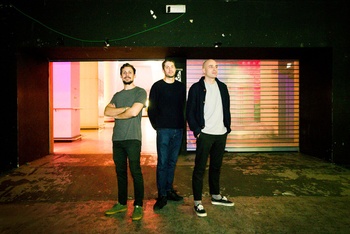
© Heleen Rodiers
Add to this the administrative rigmarole of organizing something in Brussels. “Calling it a nightmare is not an exaggeration,” Brus laughs. “It is a nebulous process that is unclear to everybody. The fire brigade, the police, the city; you have to get approvals from everybody. If you want to organize a party here as a twenty-year-old, you have to be very determined.”
Might a night-mayor help? “That is a difficult debate,” Brus says. “Paris and Berlin have a figure like that. The former is very tuned into the sector, and the latter with the city. A good night-mayor would be a combination of both. It is too much for one person to handle; it should be some sort of a ‘night-team’.”
Feet on the ground
C12 has space for 1,000 partygoers. That is a lot of people. “Yes, and you can tell that others are hesitant to mobilize so many people,” Brus says. “The parties for a few hundred people are the ones that have the hardest time finding a space at the moment.” The room where the action takes place has a raw, industrial feel, with black-painted concrete walls and a high ceiling. The lighting is muted. “That’s mostly because we didn’t have the budget to do anything else with it,” Huerta laughs. “On the other hand, I like minimalist clubs,” Brus says. “You see that at De School in Amsterdam or Berghain in Berlin as well.
Moreover, it makes our venue more suitable for various kinds of events and different genres. One decor might work for house, but not for techno or hip hop.” And the DJ? He just stands on the floor. “Otherwise people amass in front of the booth or stare up at the DJ. If the DJ is just on the floor, the dancers are better distributed. And the DJ prefers it too, because he feels as though he’s dancing between the people. We don’t just throw parties, occasionally there are also concerts here, like today with Dvtch Norris, and then we use a stage.”
"There is definitely still room to grow, but it proves that we’re not completely à côté de la plaque.”
The audiences that find their way to C12 are not the youngest. “We consciously avoid people who are under 21,” says Brus. “Younger partygoers want to experiment much more with drugs and alcohol. And they end up collapsing in a corner somewhere. How we tackle the problem? We have a very good bouncer who evaluates whether somebody will be problematic or not. And we check identity cards.” The crowd is eclectic and doesn’t only come from Brussels, it turns out. “People of all orientations and social classes come here. And they come from all over the place, from Liège to Ghent. This is one of the advantages of being so close to the station.”
The work and success of C12, which is 100% self-funded, have not gone unnoticed. In November, C12 won a Red Bull Elektropedia Award for Breakthrough Party, and during the same award show it was ranked as the second-best club in Belgium, after Kompass in Ghent but before Fuse. “The recognition is great,” Brus says. “When you organize a party, the clubbers leave once it is over. An artist receives applause, but we never do. I was actually even more surprized by that second place. Fuse brings in some of the biggest names, like Ricardo Villalobos or Amelie Lens. We are focused on more alternative things and niche. For us, someone like Helena Hauff is the best we can do for now. But there is clearly an audience for artists like that. There is definitely still room to grow, but it proves that we’re not completely à côté de la plaque.”
C12 Horta Gallery, Grasmarkt 116 rue du Marché aux Herbes, Brussel/Bruxelles
BXL marks the spot
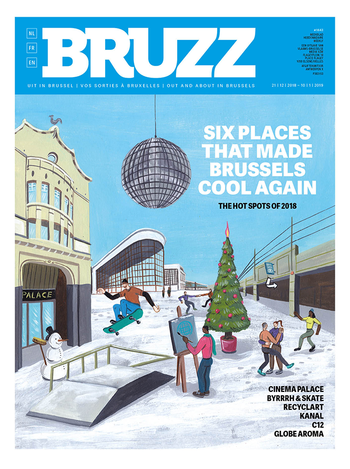
Onze hoofdstad werd het voorbije jaar artistiek niet alleen op de kaart gezet door een arsenaal aan relevante kunstenaars, maar ook door heel wat (nieuwe) culturele hotspots. In onze eindejaarsspecial zoomen we in op zes van die creatieve broeihaarden. Bekijk ze op onderstaande kaart.
Read more about: Brussel-Stad, Muziek, eindejaarslijstjes, C12
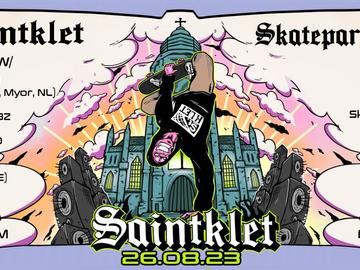
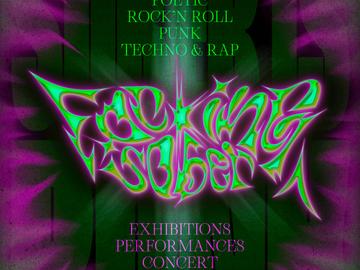
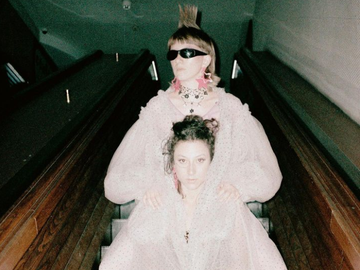
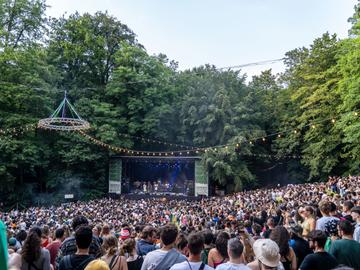
Fijn dat je wil reageren. Wie reageert, gaat akkoord met onze huisregels. Hoe reageren via Disqus? Een woordje uitleg.